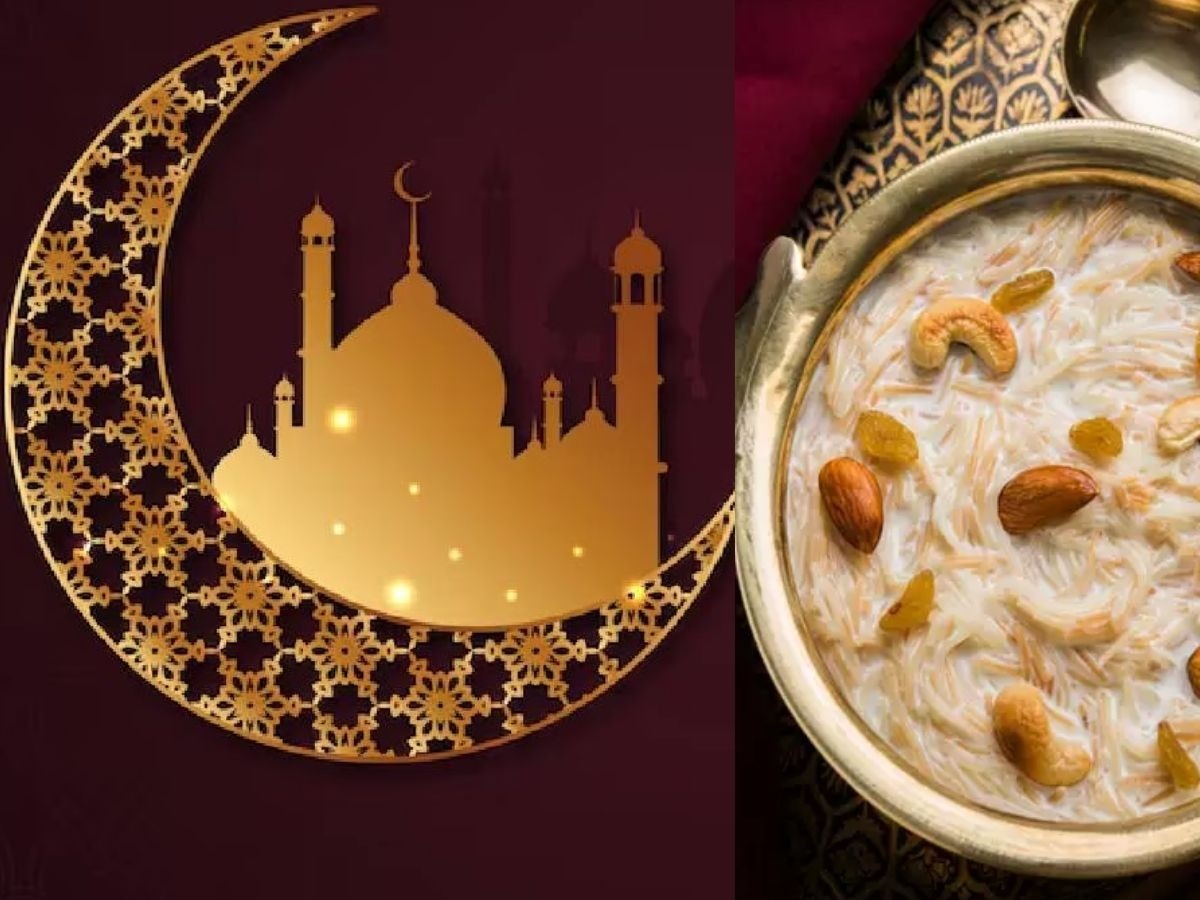
Eid-ul-Fitr marks the end of the holy month of Ramadan, a month-long period during which Muslims observe daily fasts from dawn to dusk. The Islamic calendar is lunar-based, which means both the beginning of Ramadan and the festival of Eid are determined by the sighting of the moon.
In 2025, Ramadan in India began on March 2. If the month concludes in 29 days, then Eid-ul-Fitr will be celebrated on March 31. If Ramadan lasts 30 days, Eid will fall on April 1.
Moon Sighting: How the Eid Date is Decided
Islam follows the Hijri calendar, and the sighting of the Shawwal moon determines the date of Eid. If the crescent moon of Shawwal is sighted on the evening of March 30, Eid will be observed on March 31. If the moon is sighted on March 31, Eid will be celebrated on April 1.
Why Eid Dates Vary Between India and Saudi Arabia
There is approximately a 4-hour time difference between India and Saudi Arabia, which often results in Eid being celebrated a day later in India than in Saudi Arabia. However, the state of Kerala in India generally observes Eid in alignment with Saudi Arabia, meaning Eid is usually celebrated a day earlier in Kerala compared to other Indian states.
Meethi Eid: Traditions and Celebrations
Eid-ul-Fitr is also known as Meethi Eid (Sweet Eid) because of the traditional vermicelli (seviyan) dishes prepared on this day. Key customs and traditions include:
- Morning prayers at mosques
- Hugging and greeting one another with "Eid Mubarak"
- Sharing sweets and various dishes with family and neighbors
- Giving charity (Zakat al-Fitr) to the poor and needy before the Eid prayer
Eid-ul-Fitr promotes unity, gratitude, and compassion, making it one of the most significant festivals in Islam.
Read More: Celestial Shifts: Your Zodiac Forecast for April 1, 2025
--Advertisement--

 Share
Share



